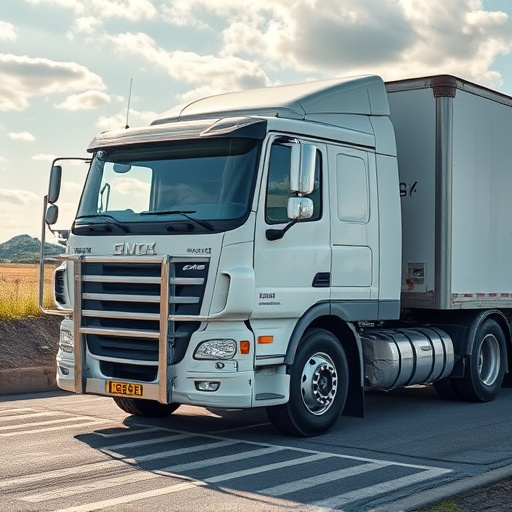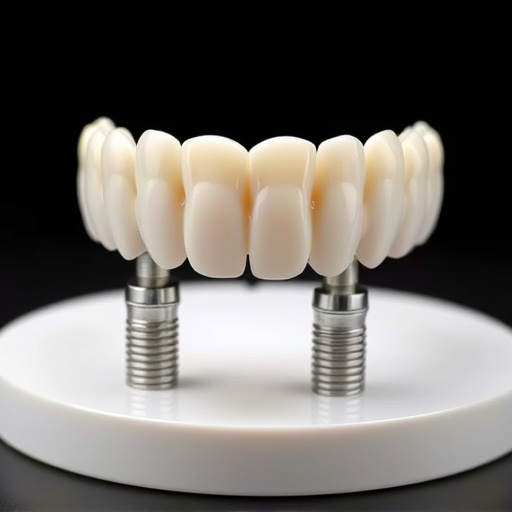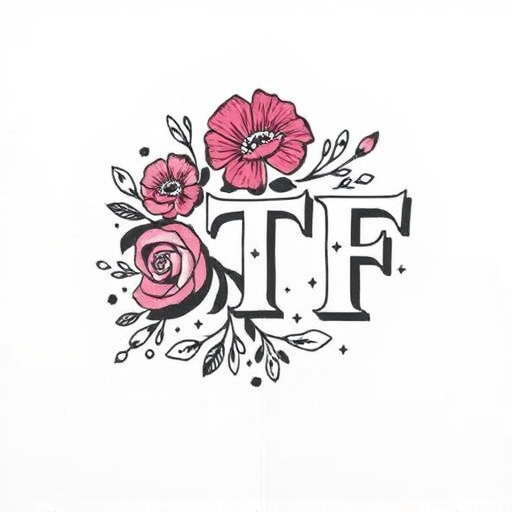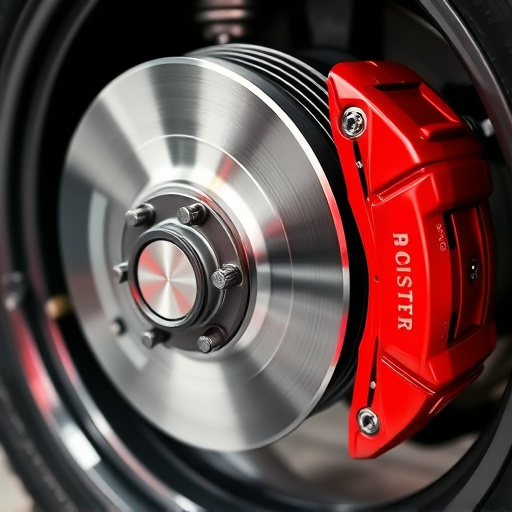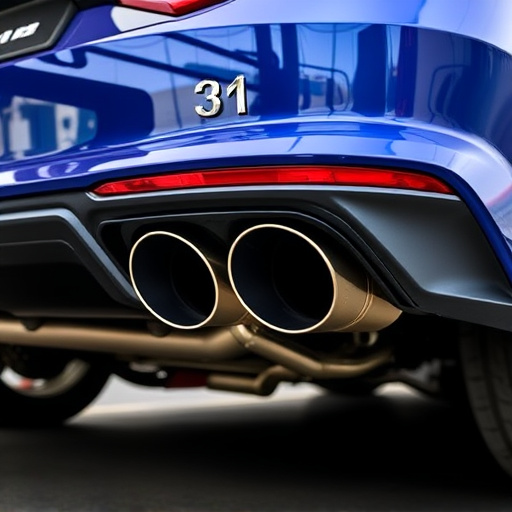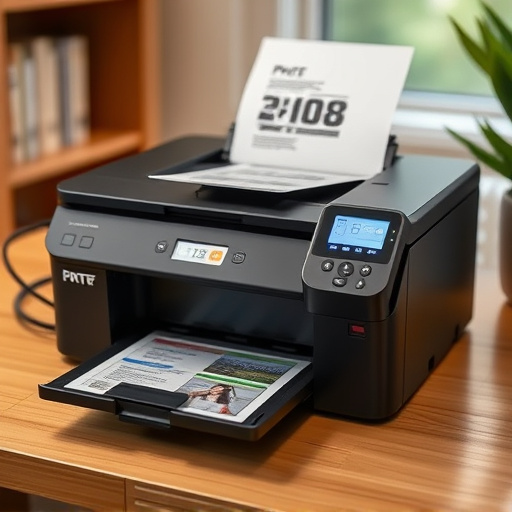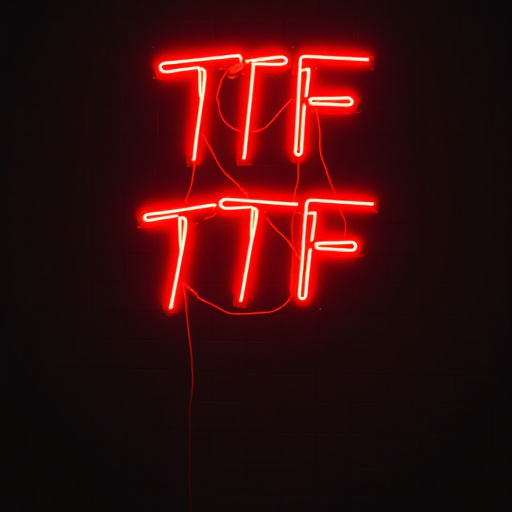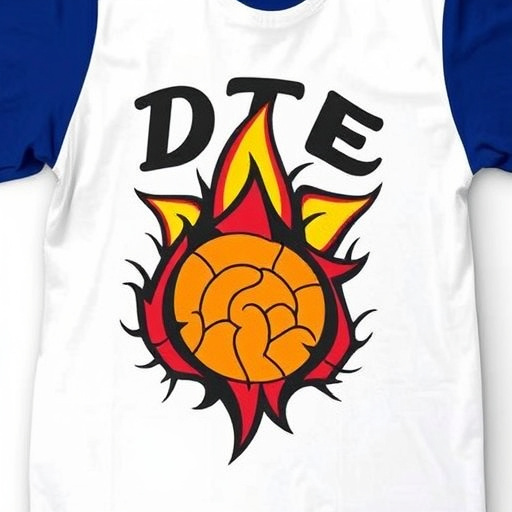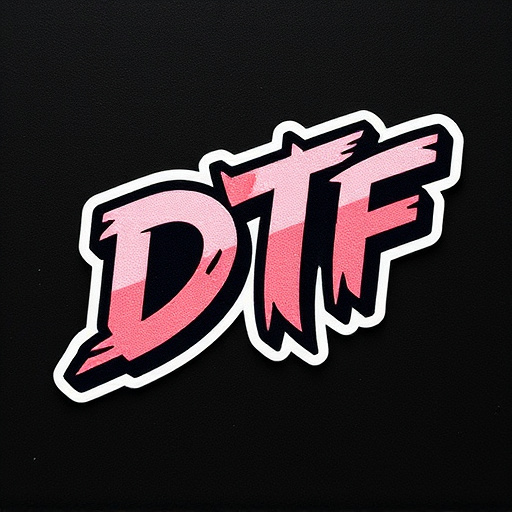DTF Transfer Film (Direct-To-Film) is a game-changing technology for heat transfer printing, offering exceptional color accuracy and sharp detail on fabric, plastic, and metal. Its ready-to-press nature speeds up production, while online platforms provide versatile size options. Compared to Heat Transfer Vinyl (HTV), DTF excels in intricate designs and high-resolution prints on custom clothing, but HTV is preferred for long-lasting, washable designs suitable for simple to moderately complex patterns on various fabrics. Choose DTF for detailed speed or HTV for versatile substrate use.
In the realm of custom printing and design, DTF (Direct-To-Film) transfer film and heat transfer vinyl offer distinct approaches. This article aims to illuminate the unique properties and advantages of DTF Transfer Film, a game-changer for vibrant, intricate designs. We’ll delve into its comparison with heat transfer vinyl, exploring features, applications, and critical decision points. Understanding these materials empowers creators to choose the ideal solution for their projects, enhancing both aesthetics and efficiency.
- Understanding DTF Transfer Film: Properties and Advantages
- Heat Transfer Vinyl: Features, Applications, and Comparison Points
- Practical Use Cases and Choosing the Right Material for Your Project
Understanding DTF Transfer Film: Properties and Advantages
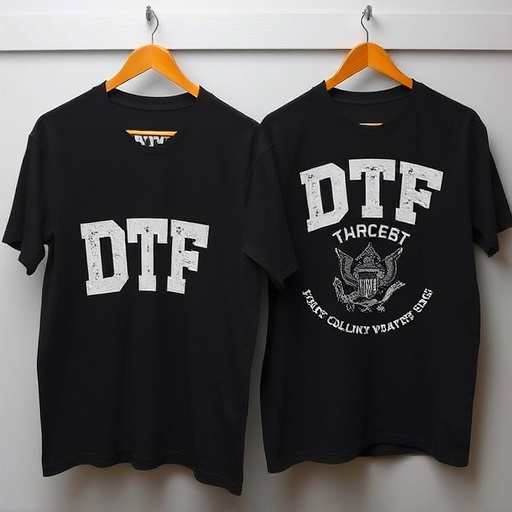
DTF Transfer Film, short for Direct-To-Film, is a cutting-edge technology in heat transfer printing. This innovative film offers unique properties that make it a preferred choice for many professional printers and designers. The primary advantage lies in its ability to provide precise color reproduction and sharp details, ensuring high-quality prints on various materials like fabric, plastic, and metal.
One of the key benefits is the convenience it offers; DTF transfers are ready to press, eliminating the need for complex preparation. This streamlines the production process, enabling quick turnaround times. Additionally, online ordering platforms make acquiring these films effortless, with options available in various sizes to cater to diverse project demands. Whether you’re a small business owner or a large-scale printer, DTF Transfer Film’s versatility and superior printing capabilities make it a compelling choice for enhancing your designs.
Heat Transfer Vinyl: Features, Applications, and Comparison Points
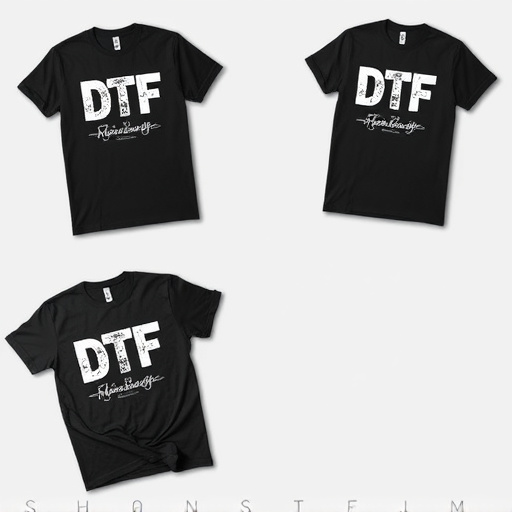
Heat Transfer Vinyl (HTV) is a versatile material that has gained significant popularity for its diverse applications in the textile and apparel industries. It’s a type of vinyl film coated with a heat-sensitive adhesive on one side, designed to transfer artwork and designs onto various fabrics through heat application. One key advantage of HTV over other transfer methods is its durability; once applied, it becomes permanently bonded to the fabric, ensuring long-lasting wear and washability. This makes it ideal for creating high-quality, long-lasting prints on t-shirts, hoodies, caps, and more.
When compared to DTF Transfer Film, a similar but distinct material, HTV offers unique advantages. In terms of application, HTV is often preferred for its ease of use and precision, allowing for detailed and intricate designs. Its ability to adhere to various fabric types and its resistance to fading make it a go-to choice for many businesses. In comparison, DTF Transfer Film, known for its vibrant colors and high-quality artwork transfers (dtf artwork transfers), may require more specialized equipment and skill for precise application, but it offers excellent dtf durability, catering to those seeking robust, long-lasting designs.
Practical Use Cases and Choosing the Right Material for Your Project
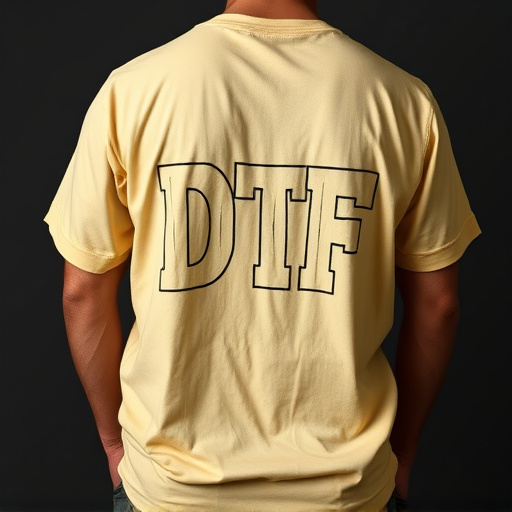
When choosing between DTF Transfer Film and Heat Transfer Vinyl for your project, understanding practical use cases is key. DTF (Direct to Film) Transfer Film is ideal for complex designs with fine details, making it perfect for applications requiring intricate patterns like custom clothing, accessories, and promotional items. Its ability to produce sharp, high-resolution prints directly onto the film streamlines the production process, especially when combined with dtf file preparation and ready-to-press dtf transfers.
On the other hand, Heat Transfer Vinyl is a versatile option suitable for a wide range of materials including cotton, polyester, leather, and more. It’s particularly effective for simple to moderately complex designs and large-scale production runs. The material allows for easy weeding, making it user-friendly for both hobbyists and professionals. Selecting the right material depends on your project’s requirements: choose DTF Transfer Film for detailed designs and speed, or opt for Heat Transfer Vinyl for versatility and ease of use in various substrates.
DTF Transfer Film and Heat Transfer Vinyl each offer unique advantages in the realm of custom printing. By understanding their distinct properties, applications, and comparison points, you can make an informed decision for your specific project needs. Whether prioritizing ease of use, design flexibility, or cost-effectiveness, both materials have their place in today’s vibrant printing landscape. Remember that the “right” choice depends on your individual requirements, ensuring optimal results for your final product.
